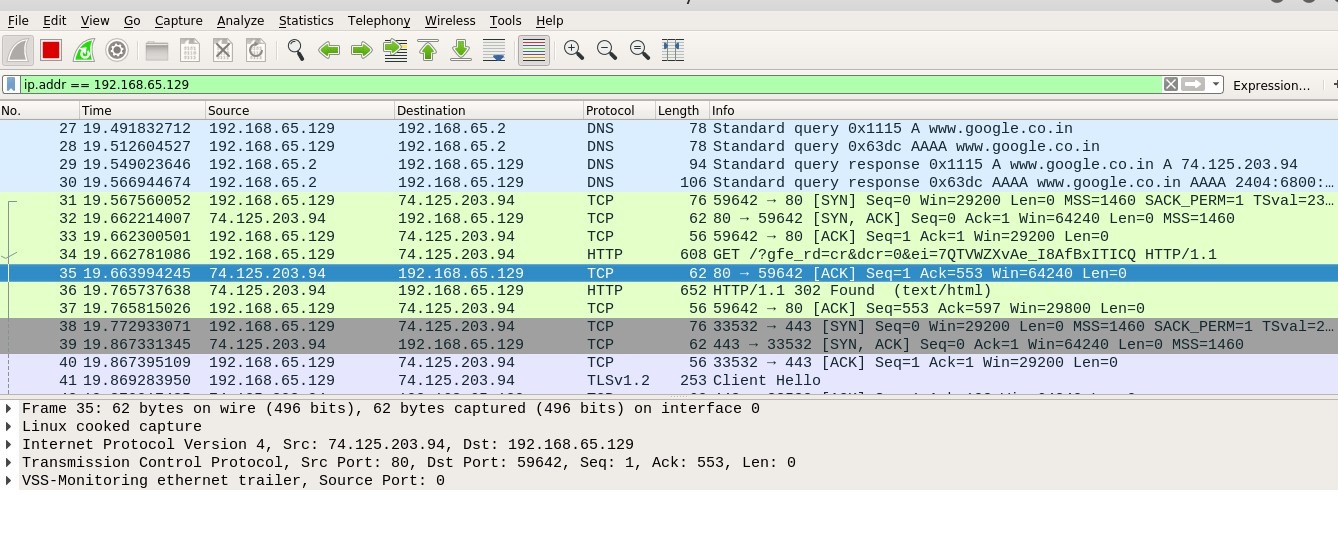
- #Wireshark capture filter to specific top level domain install#
- #Wireshark capture filter to specific top level domain full#

To list the number of available interfaces on the system, run the following command with -D option. It is a character-encoding scheme format. The below tcpdump command with the option -A displays the package in ASCII format. The below example will only capture 6 packets.

But using -c option, you can capture a specified number of packets. When you run the tcpdump command it will capture all the packets for the specified interface, until you hit the cancel button.
#Wireshark capture filter to specific top level domain full#
Tcpdump: verbose output suppressed, use -v or -vv for full protocol decode

The command screen will scroll up until you interrupt and when we execute the tcpdump command it will capture from all the interfaces, however with -i switch only capture from the desired interface.

Once the tcpdump tool is installed on your system, you can continue to browse the following commands with their examples. Getting Started with tcpdump Command Examples
#Wireshark capture filter to specific top level domain install#
Many Linux distributions already shipped with the tcpdump tool, if in case you don’t have it on a system, you can install it using either of the following commands. It saves the file in a pcap format, that can be viewed by tcpdump command or an open-source GUI-based tool called Wireshark (Network Protocol Analyzer) that reads tcpdump pcap format files.


 0 kommentar(er)
0 kommentar(er)
